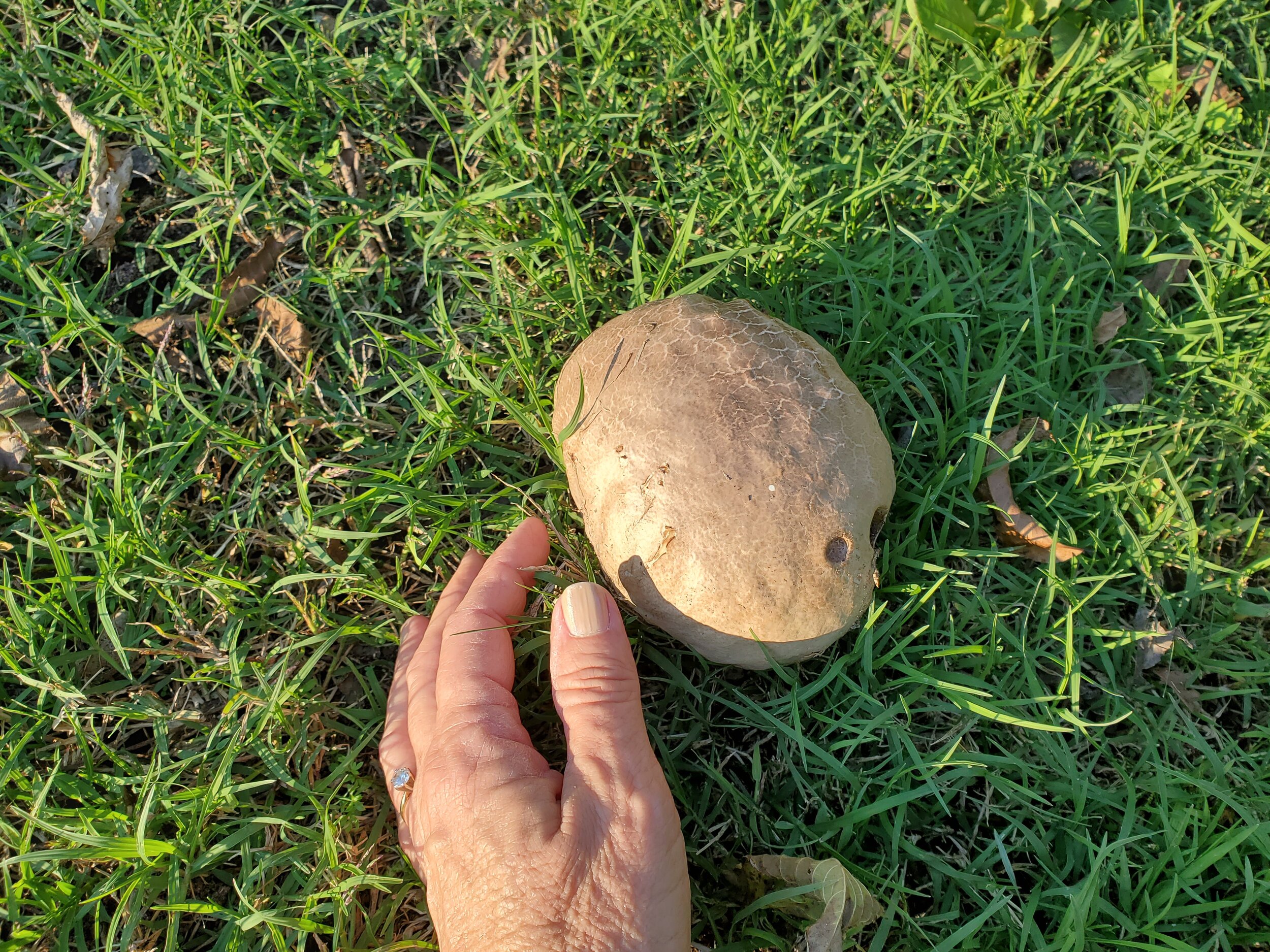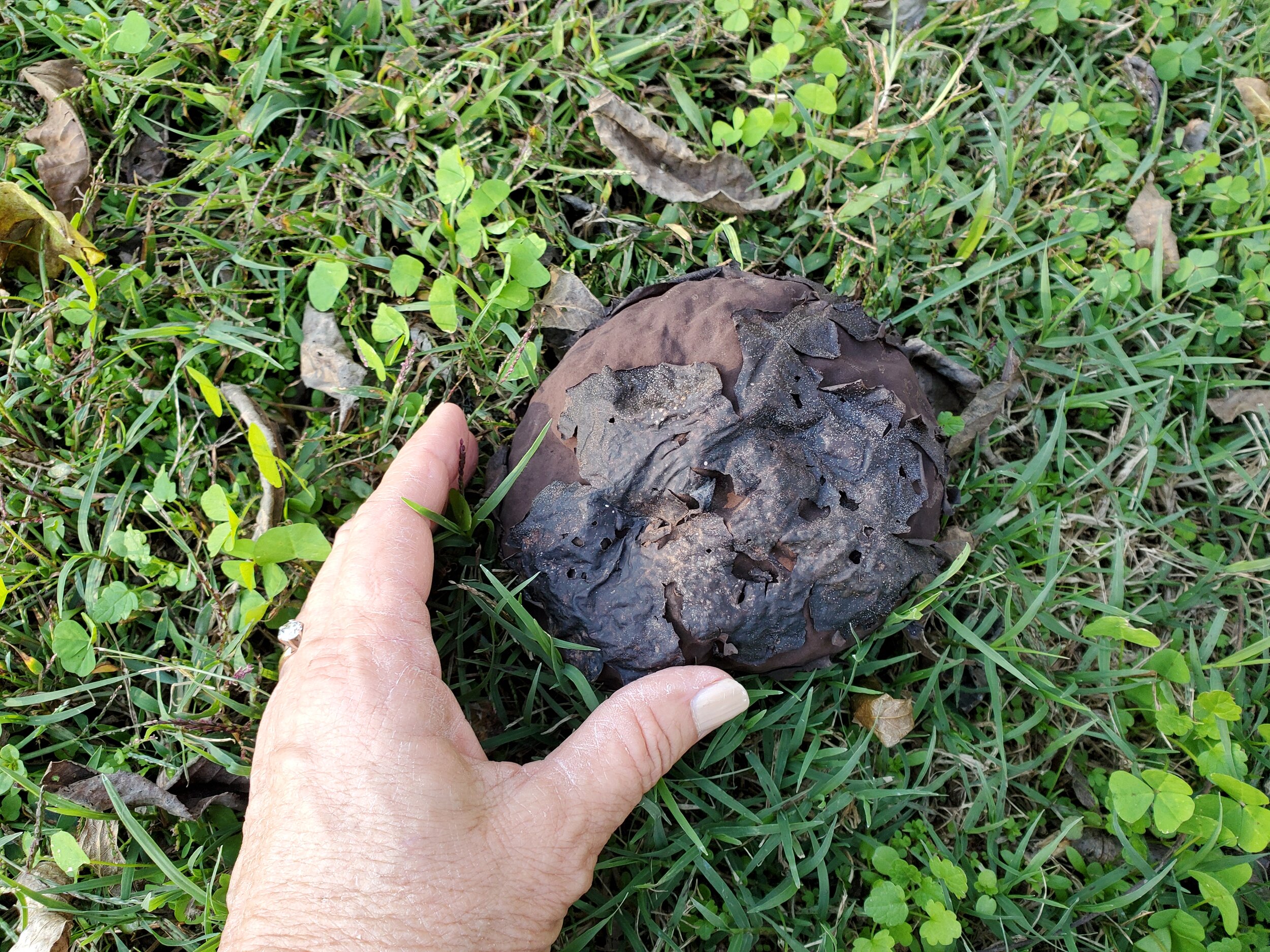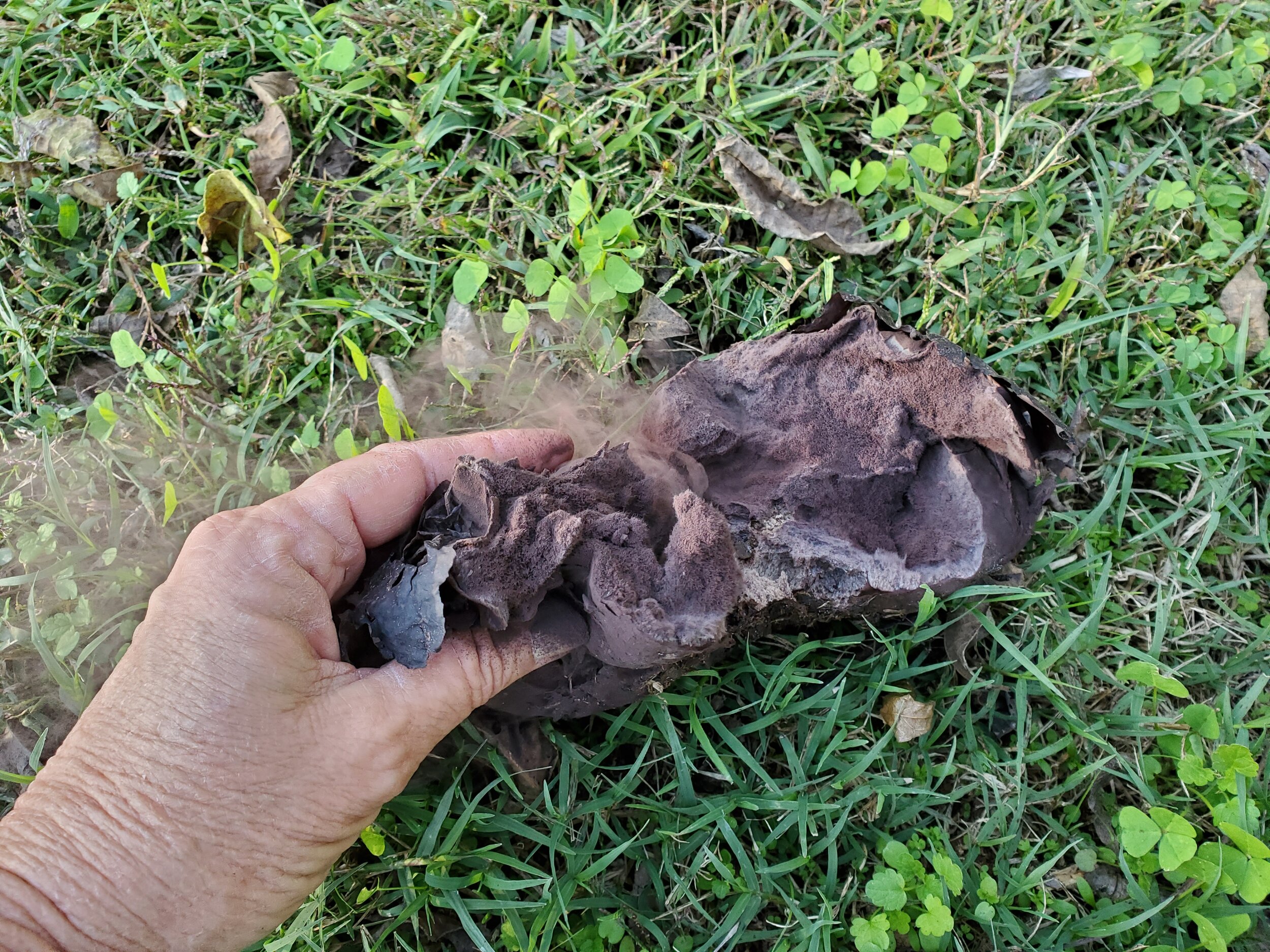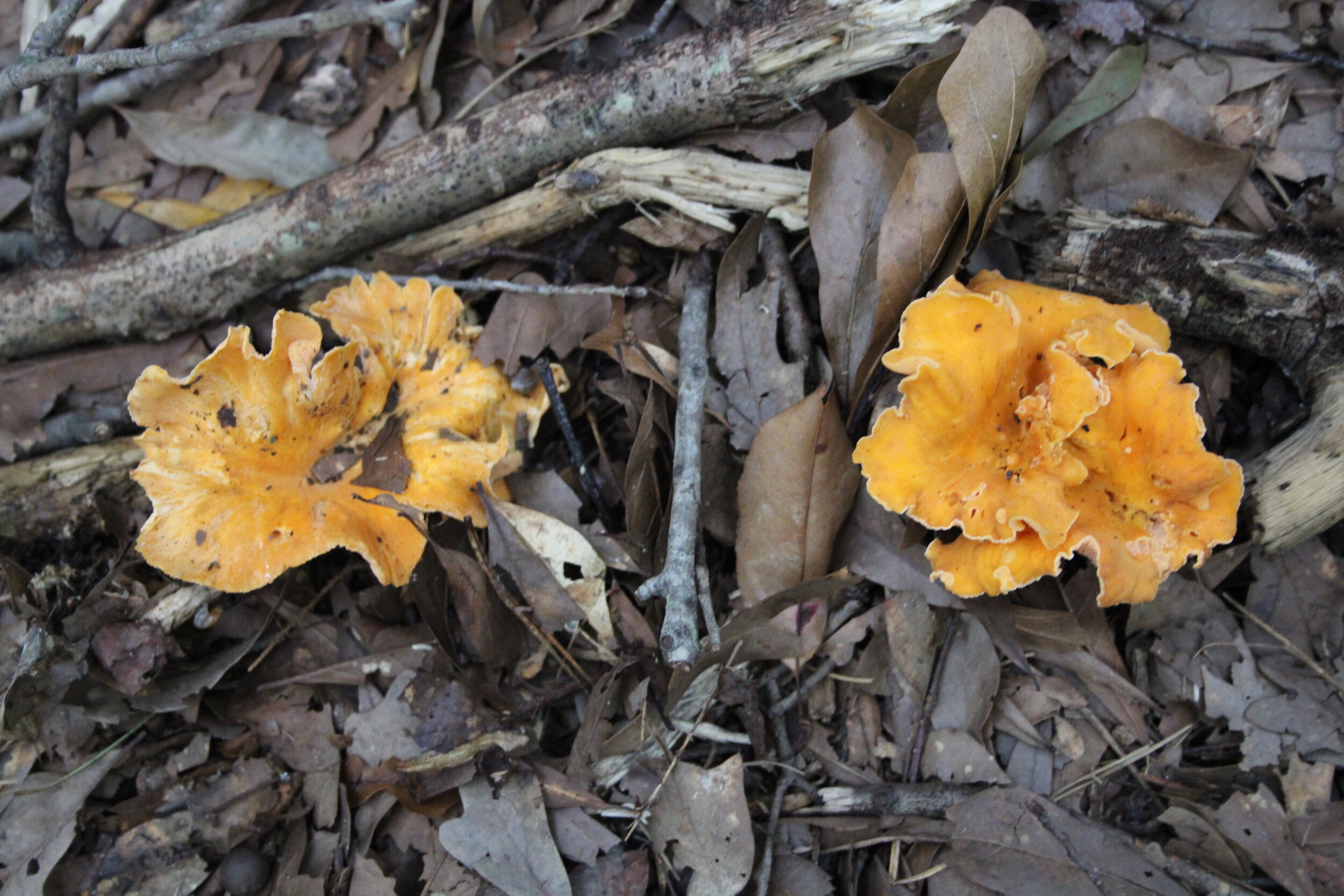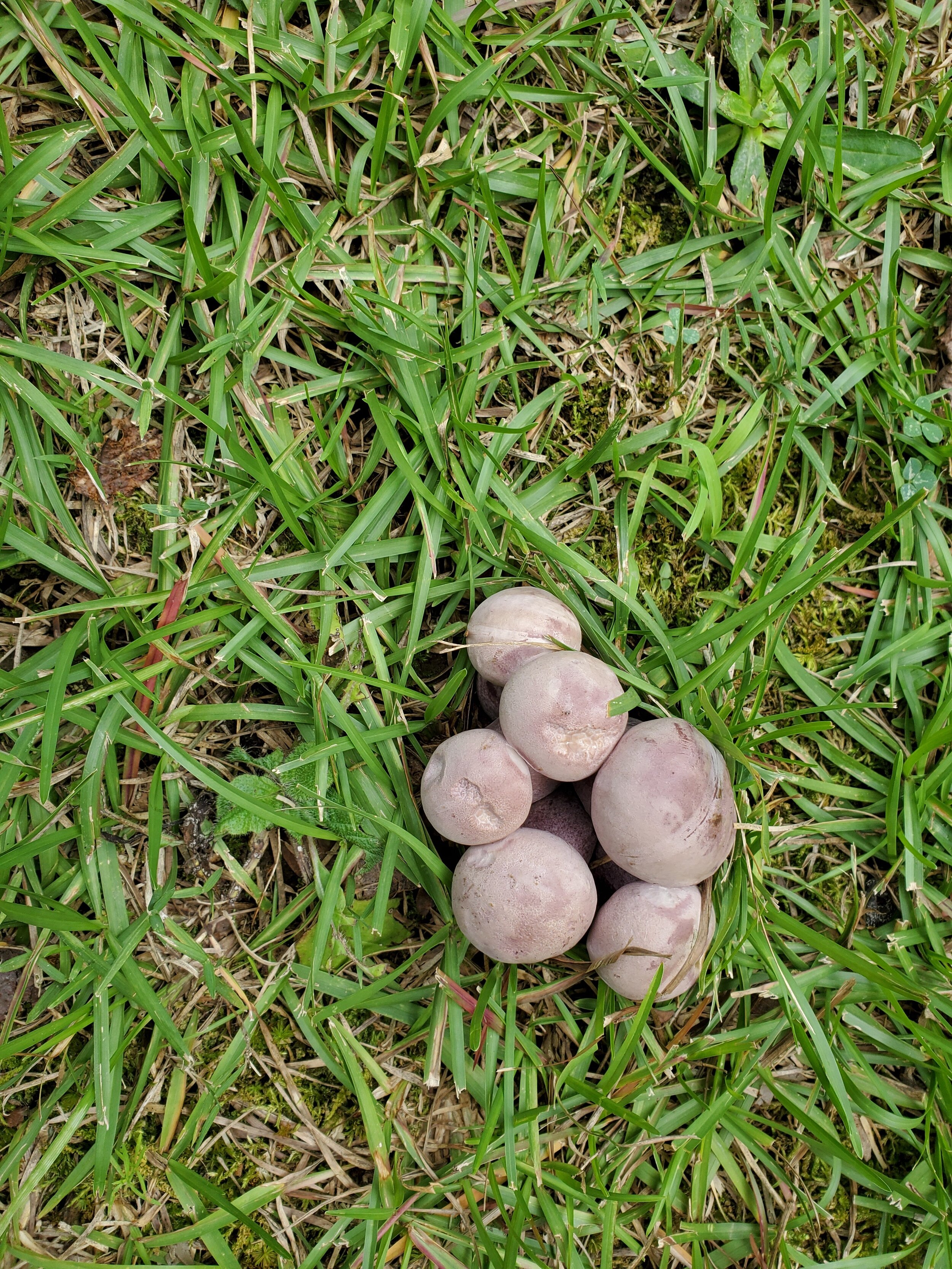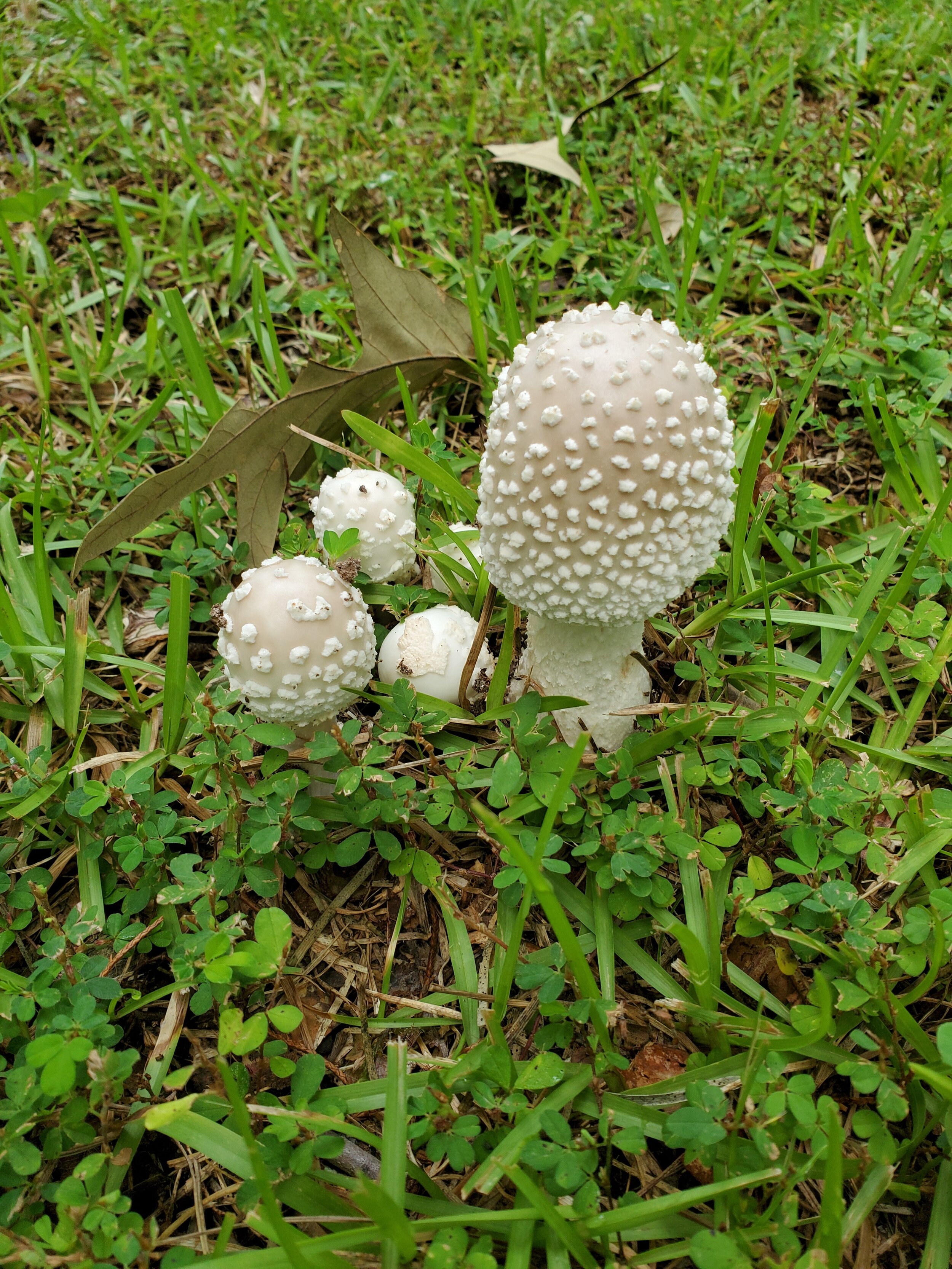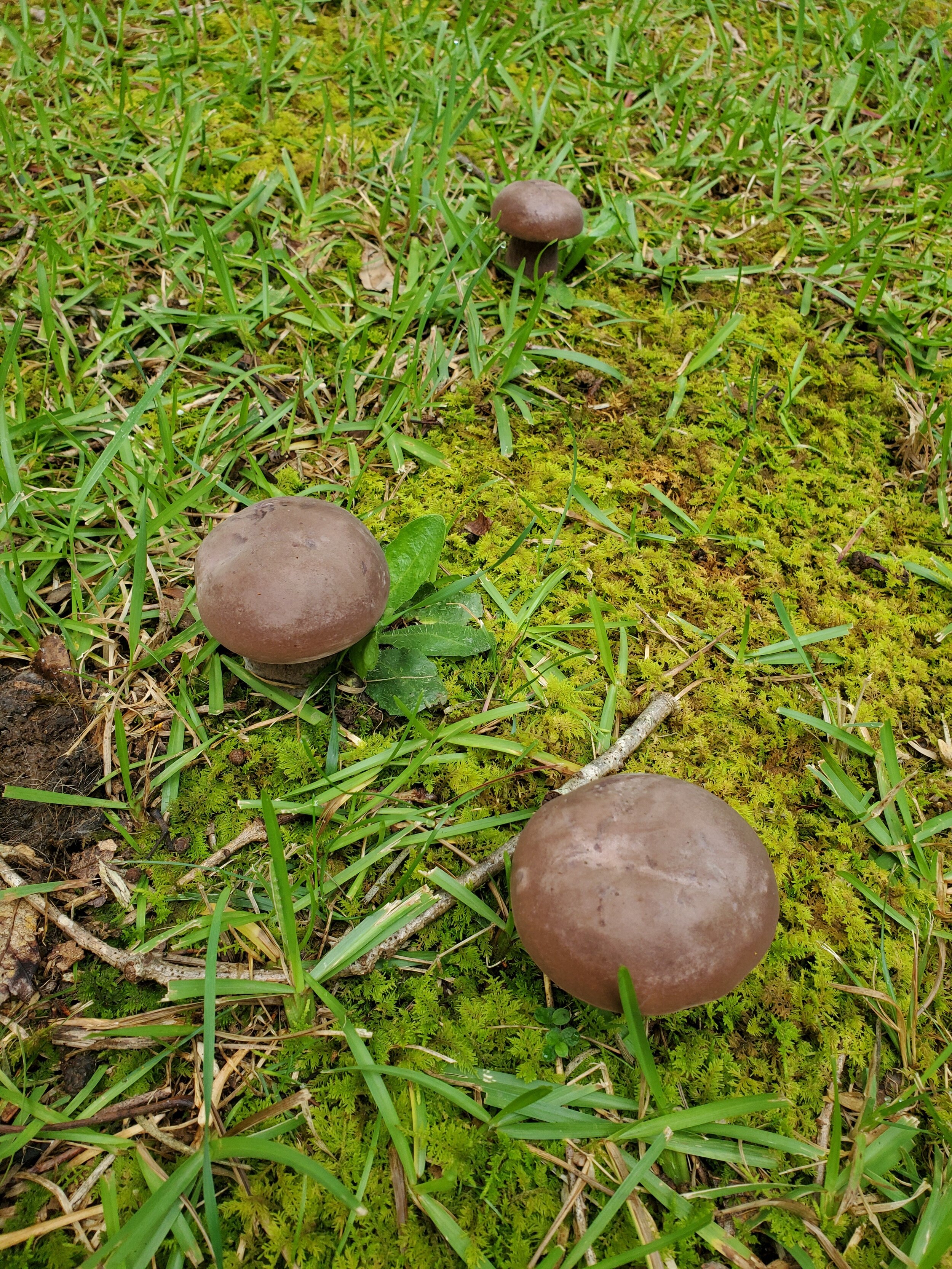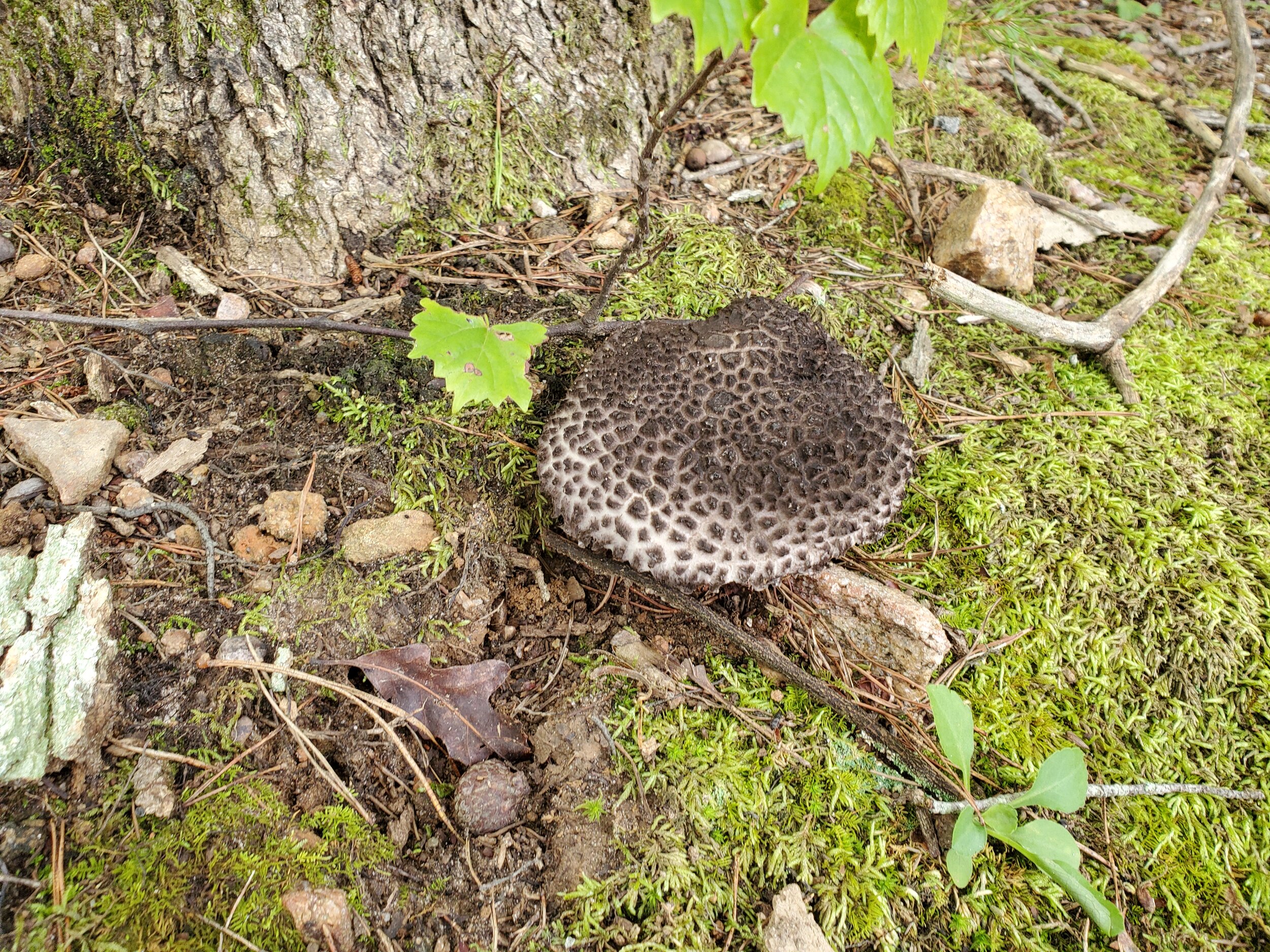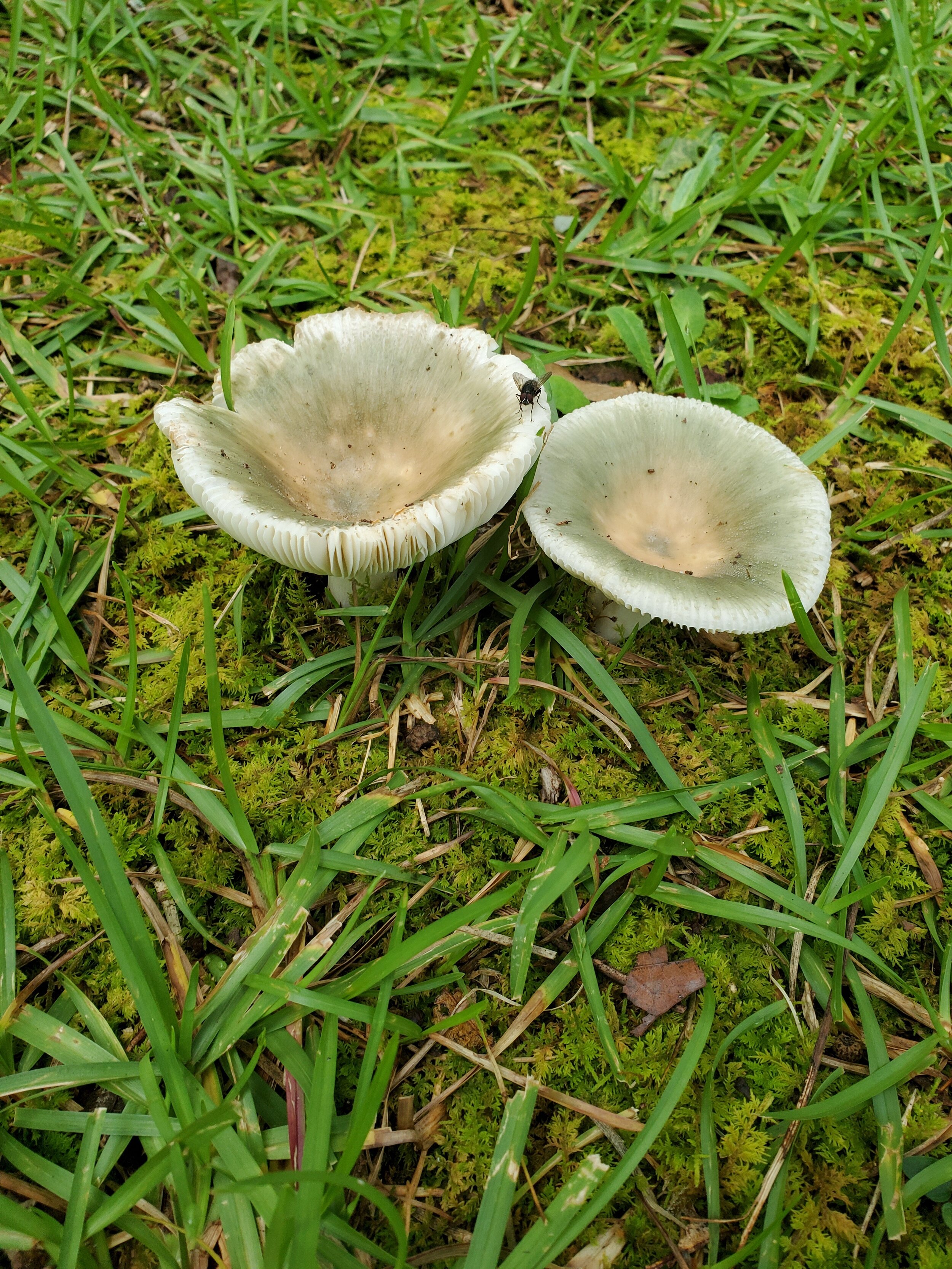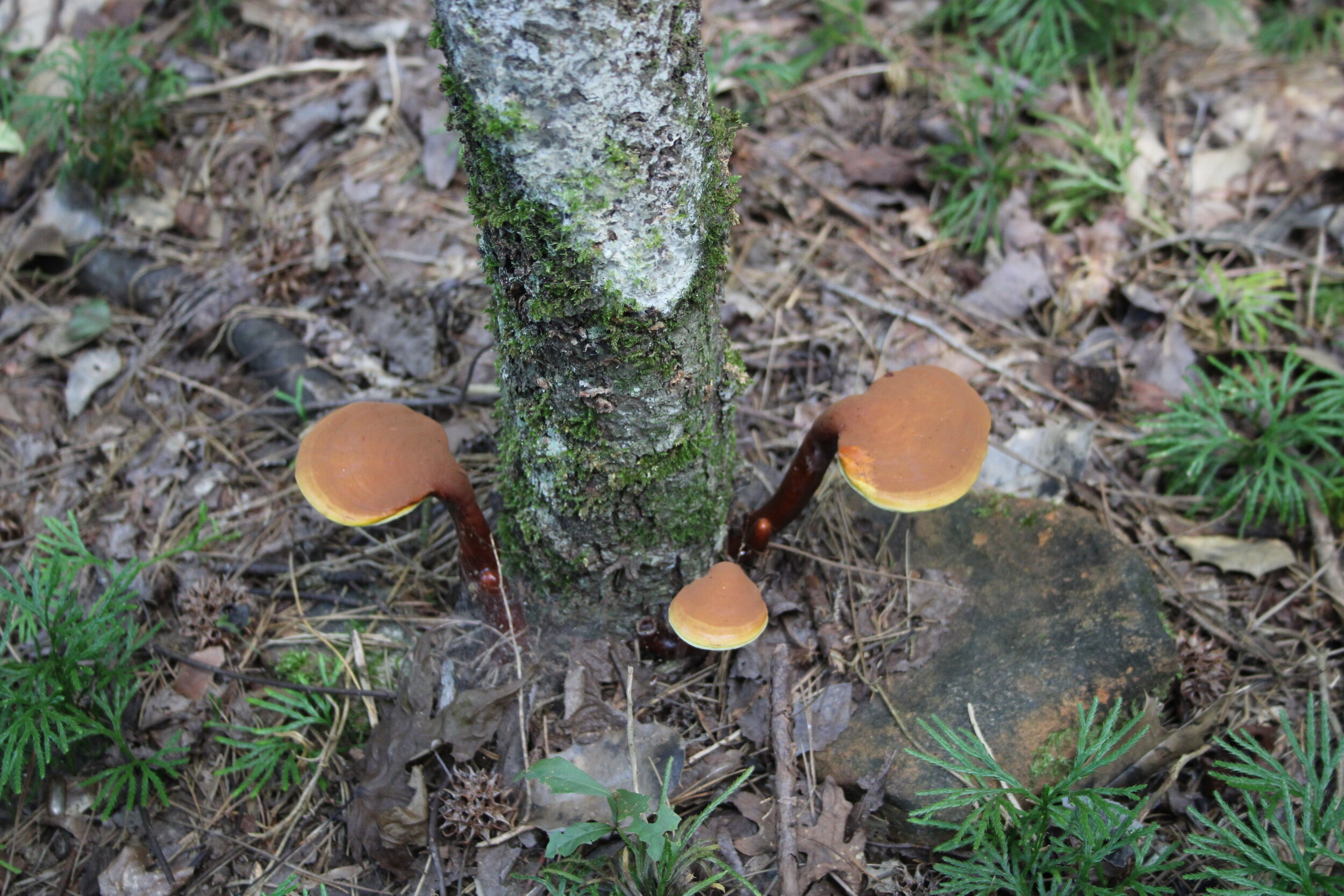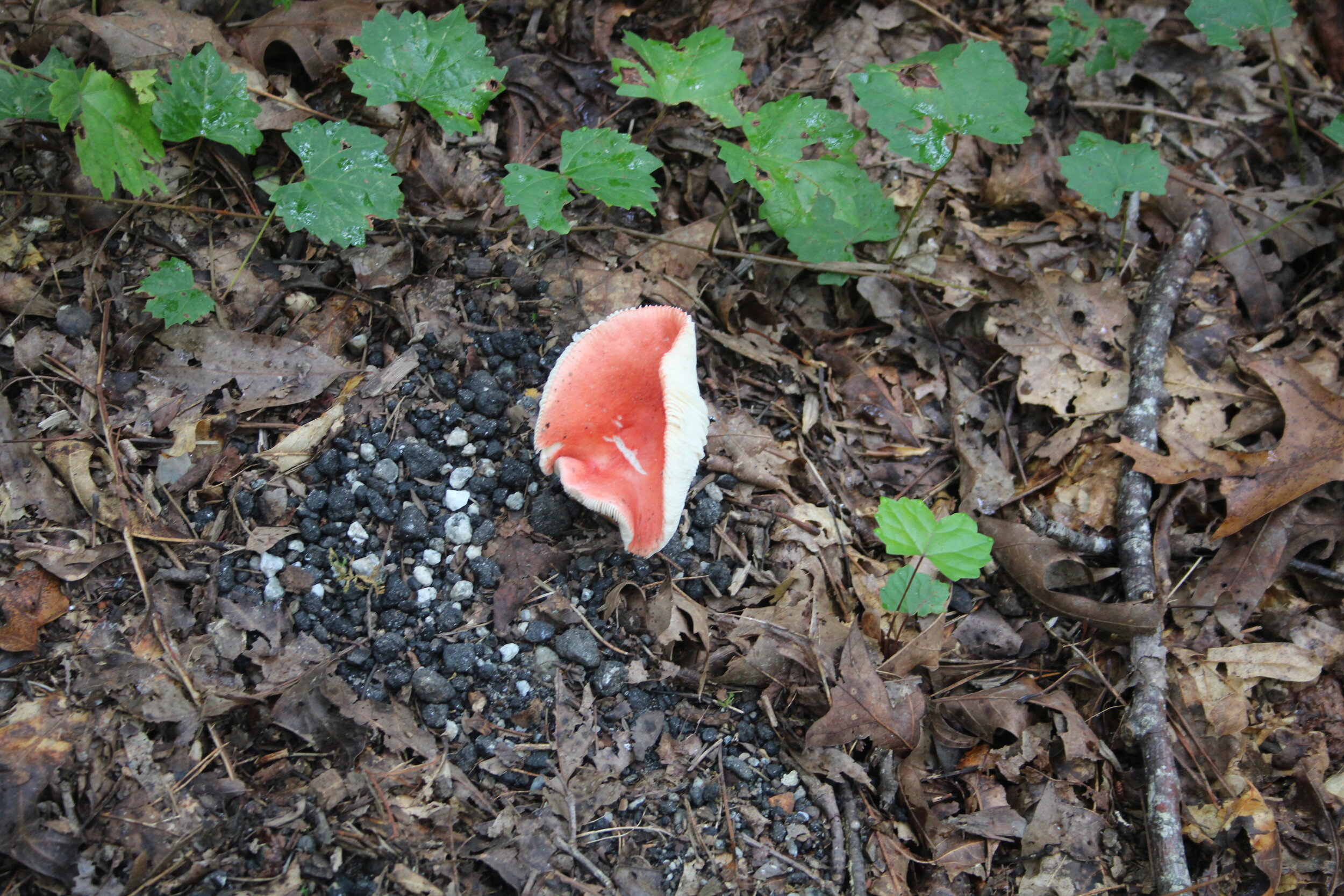I found a brain while I was walking through my woodlands this week. At least I thought it was a brain. Or a pile of cooked egg noodles, which seemed just as unlikely as a brain, since civilization is at least a half mile away in all directions. Research indicated that it was a natural growth in the genus Sparassis, an edible fungus known as cauliflower mushroom. The very helpful www.MushroomExpert.com provided a key on how to distinguish the various species, but also described a “look-alike” species, Podoscypha aculeata.
My particular specimens (I found another nearby) are Sparassis americana. A fairly rare fungus, it sprouts from the roots of pine trees, not trunks, and is an indicator of brown root rot below the surface. This means I need to keep an eye on the host trees, and will have them removed when declining health warrants.
Www.Foragerchef.com describes the cauliflower mushroom as “one of the most delicious wild mushrooms you can hunt…a choice edible species.” The authors give specific instructions on cleaning (cumbersome process with lots of references to hidden insect larvae) and several recipes, ranging from soups to cauliflower “steaks.”
In the interest of science and from innate curiosity, I made a personal sacrifice for the collective benefit of my readers. As a result, I can tell you that there are marked differences in definitions of “delicious.” Edible, yes, but not something I would praise as a delicacy.
If you decide to forage for these or any other wild mushrooms, please be certain of the identity before you consume them. Several common mushrooms have deadly look-alikes.
Cauliflower mushroom looks like a pile of cooked, curly egg noodles.
The angle of this photo is deceptive. The fungus is larger than a softball.



